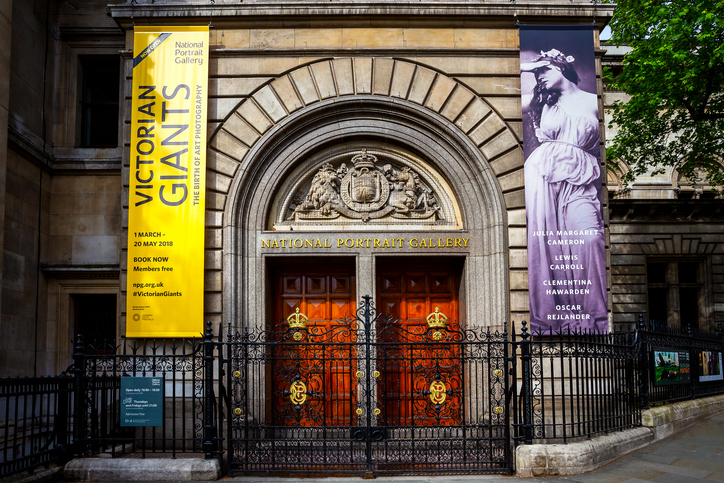We might have foreseen that the movement to radicalise the art and museum world would in time come back to bite its own children. It has happened more quickly than we thought, as witness seriously red faces at the National Portrait Gallery (NPG) last week.
Among the paintings on display at the NPG was one by French society artist James Tissot of Edward Fox-White, a well-known British 19th century art dealer who opened his first gallery in Glasgow in 1854.
Already a subscriber? Log in
Subscribe for just $2 a week
Try a month of The Spectator Australia absolutely free and without commitment. Not only that but – if you choose to continue – you’ll pay just $2 a week for your first year.
- Unlimited access to spectator.com.au and app
- The weekly edition on the Spectator Australia app
- Spectator podcasts and newsletters
- Full access to spectator.co.uk
Or



















Comments
Don't miss out
Join the conversation with other Spectator Australia readers. Subscribe to leave a comment.
SUBSCRIBEAlready a subscriber? Log in